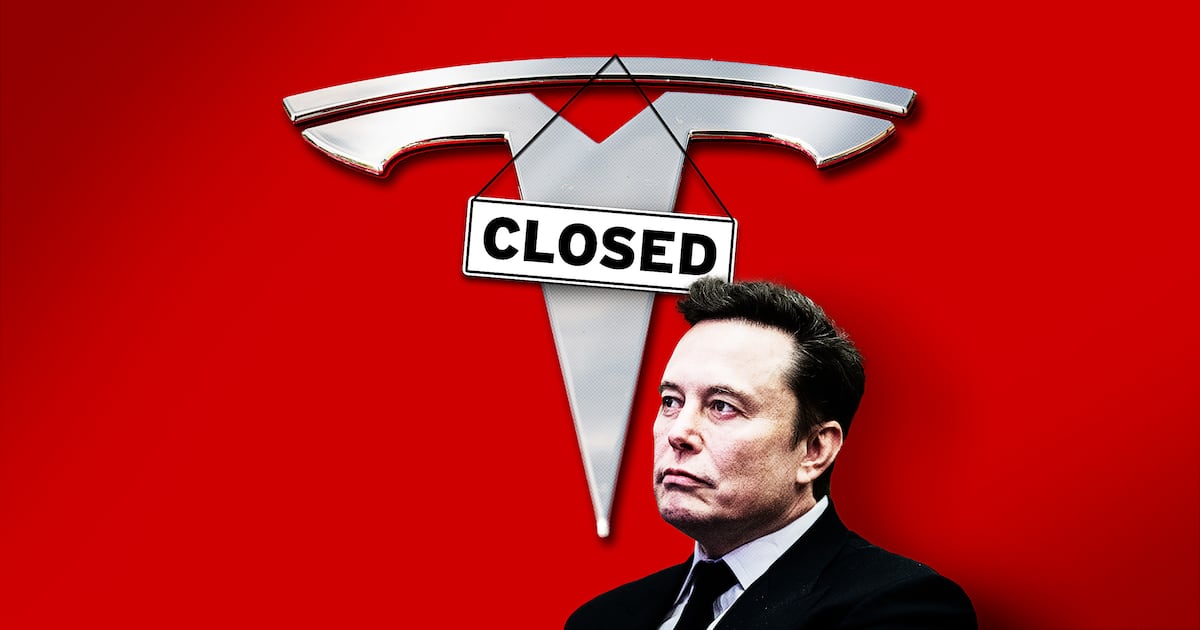Machu Picchu is the most well-known archaeological site in South America. It is a bucket list item for many, one of those sights every serious traveler must see. Sitting at the top of a mountain and filled with seemingly endless stone stairs and terraces, it is also one of the most inaccessible places a wheelchair user, like me, can go.
I have always considered myself an adventuress traveler, willing to try most anything and undeterred by architectural barriers, like steps. In that spirit, I have traveled the world in my nearly 200-pound electric wheelchair, but even I had long ago written Machu Picchu off as a travel destination. With approximately 3,000 steps and at nearly 8,000 feet in elevation, it is essentially one giant staircase. From the pictures, it had always looked to me like the only way to get there was to either rappel from a helicopter directly onto the peak, or else to rock climb up the side of the mountain. But the last decade has seen the rise of accessible travel companies all over the world, and on a rainy, lazy Saturday, I found a company that promised it could get me to Machu Picchu. That same day, I booked my flight to Peru.

Machu Picchu ended up being the last stop on a two-week trek I did around southern and central Peru. I did not have to take a helicopter to get there, but I did have to take a train from Ollantaytambo to Aguas Calientes, also known as Machupicchu Pueblo, where I caught a bus to take me up the mountain. I had to leave my electric wheelchair back in Ollantaytambo and was using a much lighter manual chair the travel company provided. I was also accompanied by three Peruvian guides to help me get around—Brayan, Pedro, and Jose—who later, carried me up and down Machu Picchu’s crumbling steps and were the only things keeping me from plummeting off the mountain.
The dirt road up the mountain to Machu Picchu is single-lane and full of so many switchbacks, I quickly lost count. The bus raced along, barely slowing for the curves and sloshing all of its passengers around like we were on a small boat in the center of the ocean. I gripped the edge of my seat as a bus coming back down the mountain headed straight toward us at full speed. I was certain I was about to die in a Peruvian game of chicken. At the last second, however, both buses slowed down, scooted to opposite sides of the road, and somehow found a way around each other.
Before entering Machu Picchu, you’re met with historical controversy. American archaeologist Hiram Bingham is often given credit for discovering Machu Picchu in 1911, albeit accidentally while he was looking for Vilcabamba, the last Inca stronghold to fall to Spanish conquistadors. There is a well-preserved bronze plaque in his memory at the entrance. Next to Bingham’s plaque, however, is another plaque—this one a little battered and etched in stone. It reads: “The national Institute of Culture Cusco pays homage to Melchor Arteaga, Richarte, and Álvarezwho lived in Machu Picchu before Hiran Bingham.” Arteaga showed Bingham the way to the site and Richarte and Álvarez were actively farming on the terraces long before Bingham arrived. The fact that the humorous misspelling of Bingham’s first name has never been corrected suggests it was an intentional jab at the man who gets all the credit.

Even though it is well-known, mystery still shrouds much of Machu Picchu. It was built at the height of the Incan Empire in the 15thcentury by the sons of Inti, the Inca’s sun god. To this day, archaeologists are divided on what Machu Picchu actually was—a royal estate for an Inca Emperor, a place of agriculture, a city, or some kind of religious site. Machu Picchu is spread out on a ridge between two mountain peaks that kiss the clouds, as if Inti had simply carved it into the mountain himself. I am not an archaeologist, but when I saw it for the first time, I instantly fell in line with the religious site hypothesis.
There is something mystical about Machu Picchu and part of it has to do with the climate. Peru has 84 of the 103 ecosystems in the world. In some parts of the country, the terrain and climate appeared to change every few miles as I traveled. Machu Picchu is in a cloud forest—an almost jungle-like forest covered by low clouds that make rain a regular occurrence. It is surrounded by Avatar-worthy mountains that stretch for hundreds of miles. I sat at the edge of Machu Picchu, simply staring at the grounds and my surroundings for a full half hour, too stunned by the sight in front of me to do anything else.
The Incas were known for their architectural and scientific advances, and their prowess is on full display in Machu Picchu. The hundreds of terraces woven across the mountain make up the agricultural section. They were built to ensure good irrigation and to prevent landslides and erosion of the mountain. There are approximately 200 stone structures still standing that make up the urban center of Machu Picchu. Most of them use the Inca’s building technique in which they cut stone to fit perfectly against each other—so perfectly, in fact, that they never had to use mortar to seal them together. Not even a breath can fit between these stones and it is why Machu Picchu is so well-preserved. The Central Plaza is full of grassy green terraces that runs down the center of the grounds, dividing Machu Picchu.

Tourists can wander Machu Picchu without a guide, but with so much rich history, culture, and architectural significance, I was grateful to have my guides to take me through the labyrinth of stone, and not just for their muscle. Brayan talked about Machu Picchu with so much detail and in such a loving tone, it was as if he was recalling a fond memory from just the other week and I could almost see village life springing up in front of me. In some spots, the stairs at Machu Picchu were more like ladders without handgrips, and at the first set we encountered, each of my guides took a corner of my wheelchair and carried me down. I tried to ignore the horrified look of fellow tourists, the sheer drop-off down to the valley below us, and the cracking sound of rocks crunching underneath my guides’ feet. Even though I am not deterred by stairs, I don’t like them, and the thought that one wrong step might send me tumbling made me close my eyes on the longer staircases.
The three most popular parts of Machu Picchu—the Intihuatana stone, the Temple of the Sun, and the Temple of the Three windows—are spread out across the grounds and my guides were determined to get me to all of them. Each site is believed to fill you with positive energy. The Intihuatana stone is carved out of one solid piece of granite and the top of it points to the four cardinal points—north, east, south, and west. Here again, historians are divided over what the stone was used for—a sun dial or an astronomical observatory.
As we moved through the grounds toward the Temple of the Sun, Pedro, asked me questions about where I was from—Washington, DC. Pedro was a farmer from the Sacred Valley area along the Urubamba River. He had a gold front tooth always on display thanks to his good humor and deep belly laugh that shook his entire body. In my broken Spanish, I tried to tell him what it was like living in America’s capital among 2 million other people. At the top of Machu Picchu, DC felt like not only another planet, but a different age entirely.

The Incas performed sacred rituals and kept mummies in the Temple of the Sun. It is believed to be one of the oldest buildings on the grounds and was built in a semi-circle with some of the finest masonry. As my guides were about to carry me down the steps into the Sun Temple, a Machu Picchu employee suddenly appeared. He began arguing with my guides for several minutes before storming away. Suddenly, Pedro scooped me out of the wheelchair and stomped us both down the steps into the Temple of the Sun.
I called to Brayan over Pedro’s shoulder, asking what the employee had said. “He said the wheelchair couldn’t come into temple unless we paid more,” Brayan replied. “They always do this. If you have a tripod, you pay more. If your backpack is too large, you pay more.” Brayan rubbed his fingers together—the universal sign for a bribe. It costs approximately $70 for a non-Andean to enter Machu Picchu, but Pedro had found a way around having to pay more.
Pedro set me down on one of the carved stones where the Inca priests used to keep mummies. The Peruvian government fights hard to keep the ancient site from crumbling, but with almost one million tourists visiting Machu Picchu a year, damage is done daily. I tried not to move as I sat there, determined not to add to the daily destruction.
The Temple of the Three Windows sits at the top of several terraces and is made of some of the largest chiseled stone at Machu Picchu. It has three trapezoidal windows historians believe represent the three tribes that created the Incas. It was supposed to rain most of that day, but there hadn’t even been a drop and the sun had been beating down on us. We sat in the shade there to rest when a llama suddenly walked into our room, as surprised to find us there as we were to find it. My Machu Picchu trip was officially complete.
On the way out of Machu Picchu, I had to stop and turn around to take in the site one more time. Brayan said our good fortune was because of the positive vibes of Machu Picchu. In the surrounding mountains, I could see the stone steps of Inca trails etched into the rock, all of them leading to Machu Picchu. The trails take anywhere from a few hours to weeks to hike, depending on where you start. Brayan watched my eyes travel over each path. He must have guessed where my mind had turned because he began explaining that he and his friend had taken a man in a wheelchair on a multi-day trek on one of them, carrying him the whole way. He gave me his email address and said to reach out if I ever wanted to do it.
I had finally been to Machu Picchu, only to add it back onto my bucket list.






